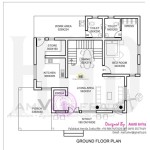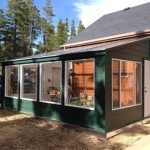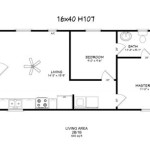Essential Aspects of Underground Safe House Plans
In the face of uncertain times, having a safe haven to retreat to can provide peace of mind and a sanctuary. Underground safe house plans offer a discreet and practical solution for protection and security. Here's a comprehensive guide to the essential aspects of underground safe house plans.
Location and Site Selection
Meticulous site selection is paramount for an effective underground safe house. Consider factors such as soil conditions, drainage, accessibility, and proximity to water sources. Soil should be stable, with good drainage to prevent flooding. Accessibility is crucial for both building and potential evacuation.
Structural Design and Construction
The structural design of an underground safe house is critical for its integrity and safety. Walls and ceilings should be reinforced with concrete, steel, or other sturdy materials. Ventilation systems are essential to maintain air quality and prevent moisture accumulation. The structure should be waterproofed and sealed to protect against water infiltration.
Security and Access
Security measures are vital for an underground safe house. Multiple access points, including hidden entrances, provide redundancy and escape routes. Reinforced doors with multiple locking mechanisms safeguard the interior. Surveillance systems, such as cameras and motion sensors, enhance security and situational awareness.
Utilities and Supplies
Self-sufficiency is crucial in an underground safe house. Ensure adequate water storage, purification capabilities, and power generation with solar panels or a generator. Food supplies, medical supplies, and emergency equipment should be readily available. A ventilation system ensures fresh air circulation, while a septic system provides wastewater disposal.
Lighting and Communication
Proper lighting is essential for visibility and navigation within an underground safe house. Energy-efficient lighting fixtures and backup power sources ensure continuous illumination. Communication systems, such as radios or satellite phones, enable contact with the outside world in case of emergencies.
Escape and Egress
In the event of an emergency, multiple escape routes are essential. Hidden tunnels or hatches provide discreet exits. Escape plans should be clearly defined and practiced by occupants to ensure a safe evacuation.
Maintenance and Upkeep
Regular maintenance is vital to preserve the integrity of an underground safe house. Inspect for leaks, humidity, and structural damage. Clean air filters, test water filtration systems, and replenish supplies regularly. A maintenance schedule helps ensure the safe house is always operational.
Underground safe house plans require careful planning, engineering, and execution. By considering the essential aspects discussed above, you can create a secure and self-sufficient sanctuary to protect your loved ones and valuable assets during times of uncertainty.

10 X 50 Underground Bunker Floor Plan By Us Safe Room Recreational

Plans For Home Improvement Underground Homes Shelter Bunker

Imgur Com Underground Homes Bunker Home House Plans

10x20 Underground Bunker Survival Floor Plans

Underground Homes As Emergency Shelters

And Floor Plans

Underground Shelters Double As Wine Cellars Cinemas And Nightclubs For Your Home

Floorplans Walkthrough Of Luxury Underground Shelters Core77

Hardened Structures Blog Index Bunker Underground Shelter Survival

Luxury Bunker Design








